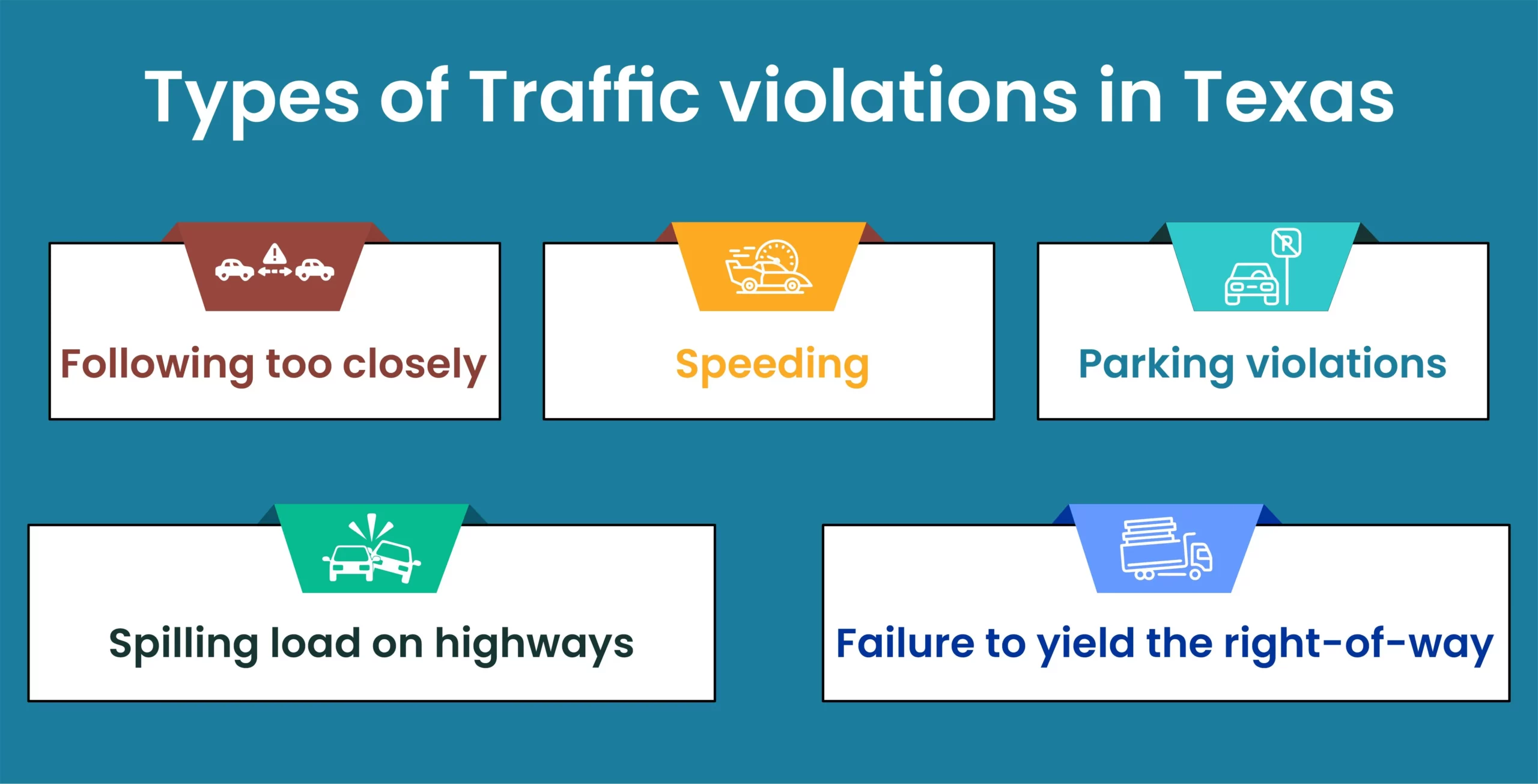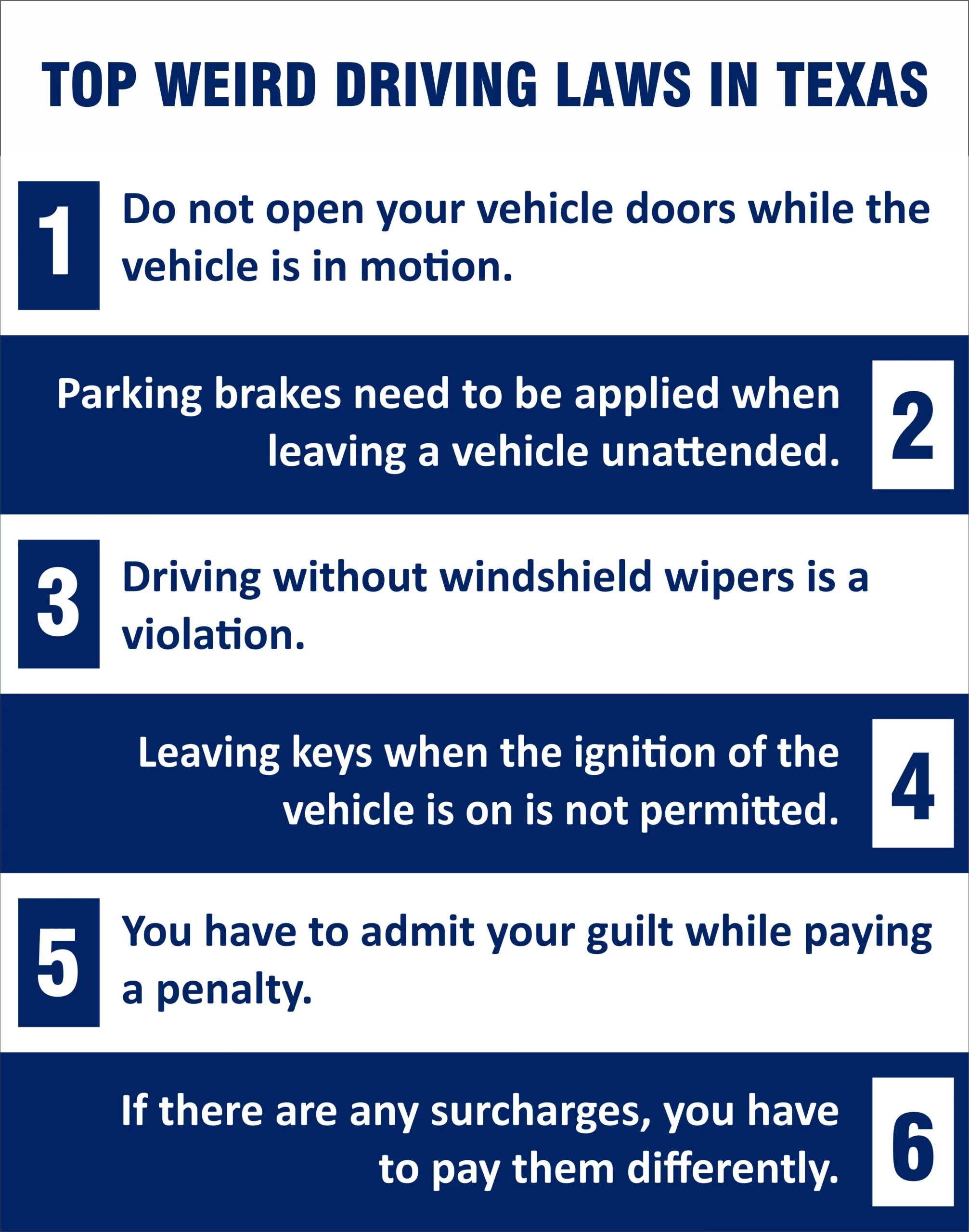A motorist may be intoxicated by alcohol with whom you are sharing the road. A telltale sign of a drunk driver may include:
- Weaving in and out of lanes, difficulty staying within the lane;
- Violation of traffic signs;
- Persistent tailgating of other motorists;
- Erratic speeding (driving too fast or driving too slowly);
- Swerving in and out of lanes.
Every driver needs to follow a good rule of thumb: to pull over and come to a stop, letting another vehicle pass by. You should adopt this practice if you observe any different driving behavior or if a motorist is distracted, drunk, driving under the influence, or driving drowsily.
Weaving driving: Facing difficulty in staying within the lane
Sections of weaving can be formed when any merging area is followed by a diverging area. Additionally, weaving areas can also be formed when an exit slip road is closely followed by an entry slip road. Furthermore, the two sections are joined together by an auxiliary lane. When driving in a weaving section, complex car-following or interactions with lane changes are involved.
An intoxicated driver will have difficulty staying within their travel lane. This can be observed as weaving in and out of lanes, drifting within their lane or swerving off the shoulder of the road. They may cross the center line or collide with a vehicle in the traffic. This is indicative of one of the signs of drunk driving.
Violation of traffic signs
Violating traffic signs is one of the indicators that someone is under the influence of drugs or alcohol. Failing to abide by traffic rules and traffic control devices can result in numerous car accidents, which can lead to catastrophic injuries and fatalities. In 2015, devastatingly, 110 fatal crashes and 11,400 people sustaining injuries were the result of drivers in Texas urban areas who chose to ignore stop signs and traffic signals.
Some of the accidents, caused due to disregarding traffic signals such as stop signs in the rural areas of Texas, led to 54 deaths, 251 incapacitating injuries, and approximately 700 people injured. The data was recorded by the Texas Department of Transportation.
One of the telltale signs of a drunk driver is their disregard for traffic signals and signs. Stopping at a stop sign or red light is an easy task to accomplish, yet if the driver runs a red light or fails to come to a complete stop, they may be exhibiting signs of intoxication.
It’s important to remember hands-free laws in Texas, especially if you observe someone breaking the traffic law. This can be a telltale sign of a driver under the influence of alcohol or drugs. The hands-free laws in Texas are intended to reduce the number of distracted and impaired drivers on the roads. Following hands-free laws can also prevent tragic car accidents.

Persistent Tailgating against the motorists
According to Texas law, it is illegal to drive too closely behind any vehicle; one could be pulled over and ticketed. Therefore, tailgating is an offense as it is dangerous for both drivers: the one who is tailgating and the one who is being tailgated.
You can protect yourself if someone is tailgating by diffusing the situation. You can change lanes, if possible, and let them pass on a motorway. If you are not on the motorway, you can alter your route slightly and let them pass. In this way, if someone is drinking and driving, you can protect yourself and prevent drunk driving accidents.

Erratic Speeding: Driving too fast or driving too slowly
Erratic driving is a telltale sign of an inebriated driver, and can include speeding, lagging behind the speed limit, drifting across lanes abruptly, turning off headlights when approaching other vehicles on the road or performing any other unpredictable maneuver. It’s important to be wary of these behaviors since they could help keep you safe from a potential accident.
The Texas Department of Transportation can set the maximum speed limit on highways and other roads at 75 mph, 80 mph, or 85 mph, but drivers should be aware that the actual speed limit is always determined according to driving conditions. As such, drivers should adjust their speed accordingly; the posted speed limit may not apply when conditions are hazardous.
Tip: It is always advisable to drive within the speed limits specified by law enforcement authorities in Texas. Speeding can cause serious accidents that can lead to property damage, injury, or even death.
Swerving in and out of a lane
Swerving refers to an act in which a driver makes sudden changes in the direction of driving to avoid an object or get ahead of it. In simpler terms, swerving is when a vehicle changes lanes without any warning signals. It could mean that the driver is either inebriated or has distracted driving habits.
Did You Know?
Swerving can be regarded as a normal driving technique or can cause dangerous accidents as well.

What to do if you suspect signs of drunk driving?
If you have been injured or have noticed a driver showing signs of drunk driving, you may be overwhelmed, confused, and unsure of what to do. In either of these cases, it is important to take the right steps to protect yourself and prevent further accidents. If you are able to do so safely, pull over and call the police or 911.
Moreover, you should document the model number, license plate number, and color of the vehicle that caused you damage. You can also give the location of the driver who is showing signs of impairment. Furthermore, you must always maintain a safe distance from such vehicles to prevent any collisions.
Get in touch with the Khattar law PC for any legal support today!
We at Khattar law PC understand that you may be a victim of someone else’s negligence and want to help protect your rights. An Auto Accident Attorney from our legal team can help you get the compensation that you may be entitled to. We pride ourselves in providing quality legal advice and support to all of our clients. Call us now or schedule a free case consultation to discuss your case.